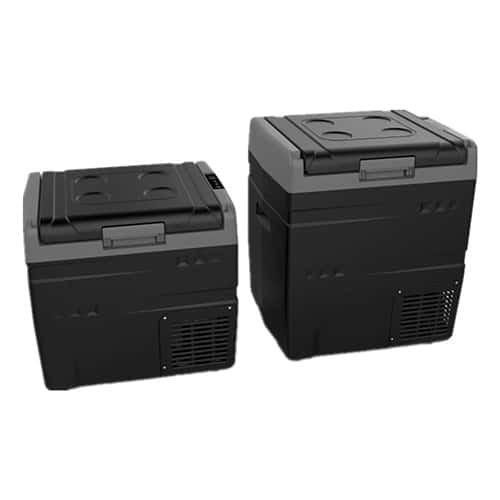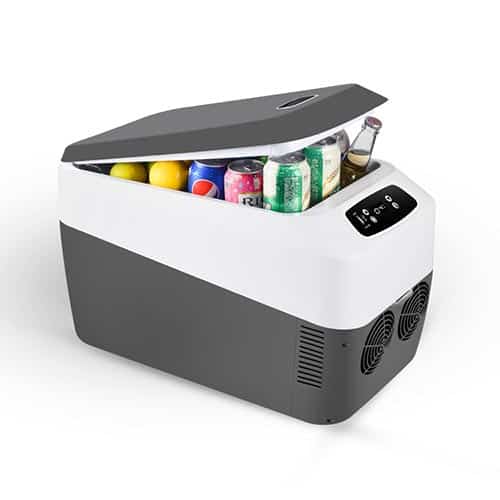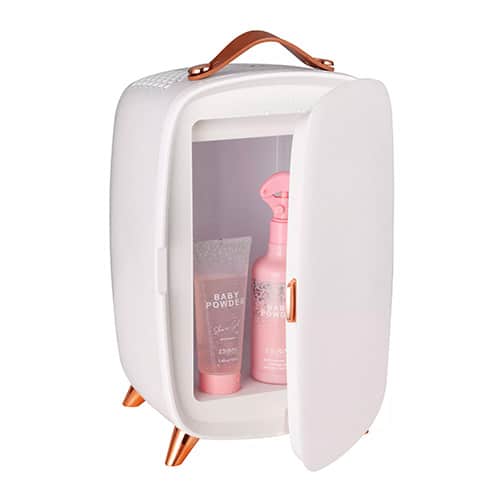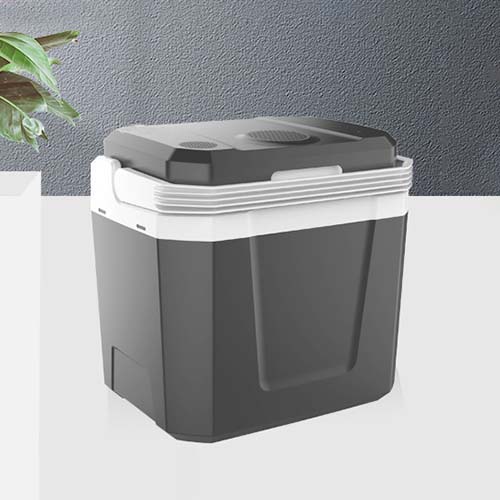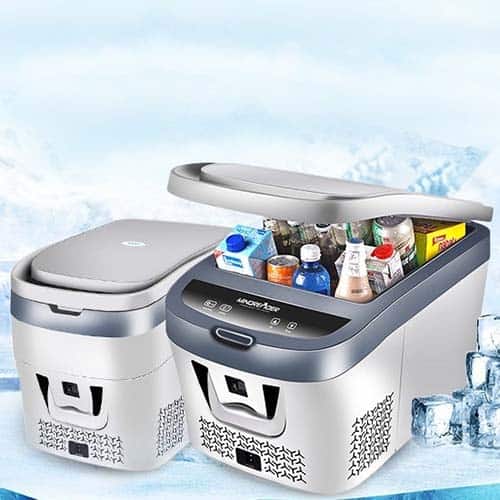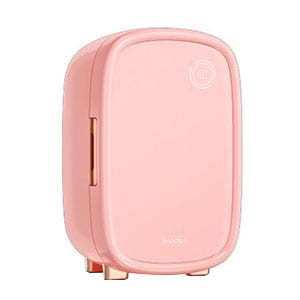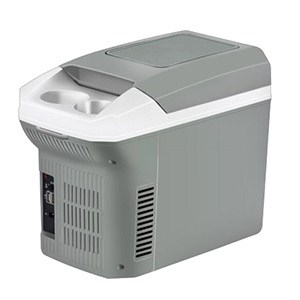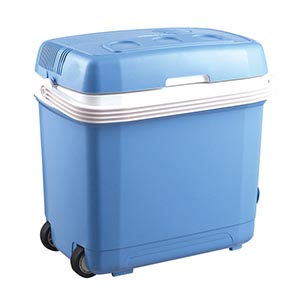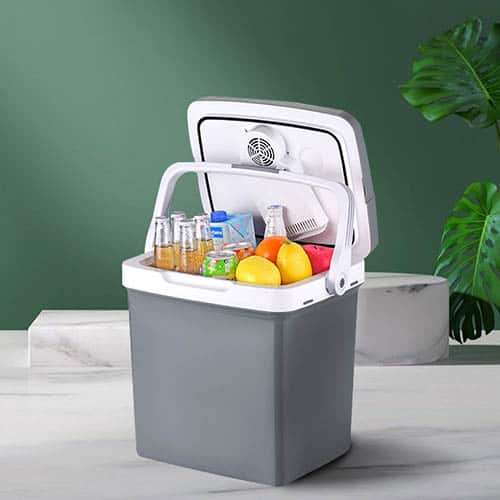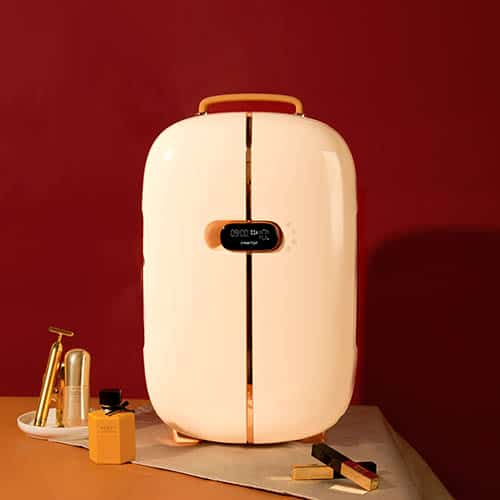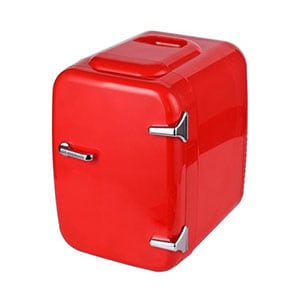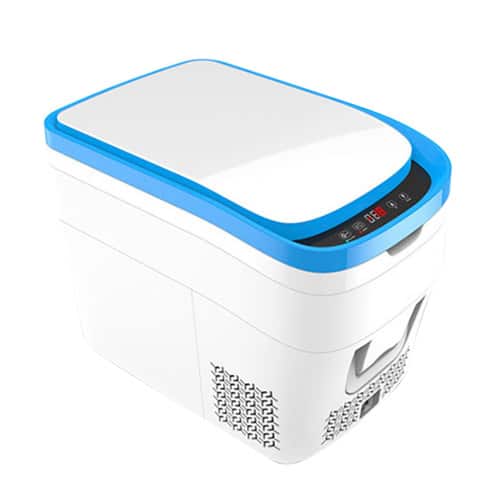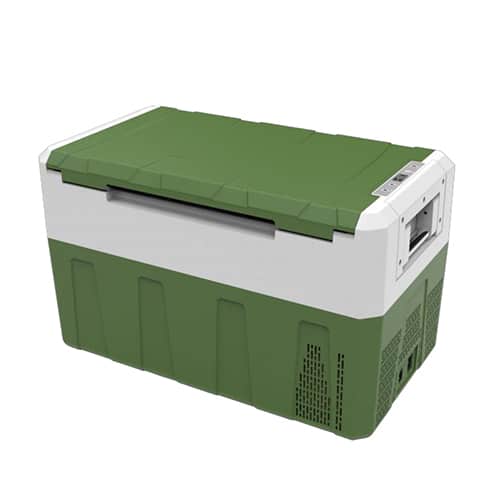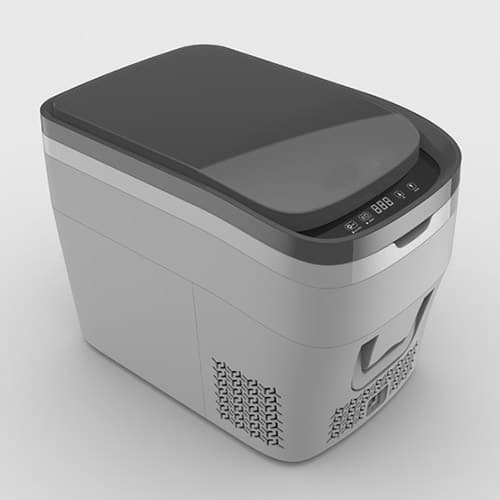No matter the brand of 12-volt fridges you’ve got, our tips and tricks will help you get the most from your chilly investment.
Most people will prepare for a car traveling including a 12-volt compressor fridge. Regardless of fridge brand, inclusions and optional extras you may have ticked, there are a handful of tips you can follow to help reduce the run times and power consumption of your fridge.
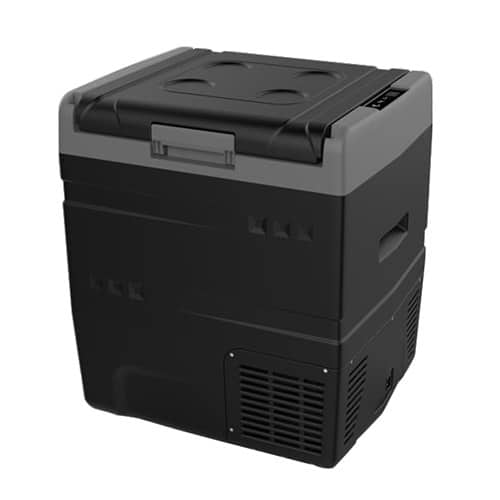
WHAT MAKES A GOOD FRIDGE?
Maintaining a temperature, without undue rising or falling of that temperature is my number one want in a fridge. The ability to quickly and efficiently pull down to a set temperature, as well as hold that temperature during changes in ambient temperature, equates to sound insulation and suitably programmed electronics to control the compressor. Undue running of the compressor relates to high power usage.
Sometimes, single-zone fridges can overdo the cooling in particular spots. Having a couple of different zones within the fridge cabinet is important to help prevent over-cooling the salads, not keeping the meat cold enough, or heaven forbid, freezing the drinks. Removable baskets make it easy to separate different food types and provide various cooling zones, plus also make the job easy for both loading and unloading the fridge.
Power usage is variable depending on ambient temperatures, humidity, amount of food in the fridge and the number of lid openings. Overall though, the less power used, the longer your batteries will last and the longer you can enjoy the contents of your fridge.
Look for a unit that offers plenty of ventilation around the sides and top of the compressor to help rid hot air, which in turn helps with lower run times. An incorporated fan helps to blow that hot air away.
Watch out for condensation or excessive cooling in small sections of the outside of a fridge’s walls or lid. This shows a lack of thermal insulation qualities, which equates to a loss of cooling effectiveness and higher power consumption.
The higher the evaporator plate sits in the cabinet, the better the all-around cooling will be for the complete fridge. A gap at the base of the fridge is OK as the colder air will readily fall.
Theoretically, a separate evaporator plate in the fridge cabinet should work better than an integrated one; as the air can circulate around the sides of the plate. But, then again, that separate evaporator allows liquid, food and dirt to build up behind it and it’s hard to clean. Not to mention that the separate evaporator can be damaged easier than an integrated one…so, there are pros and cons to types of evaporator plates.
A good lid seal is essential for keeping all that cold air inside the fridge. No point generating plenty of cold air if it leaks through the seal! The same goes for good insulation is compulsory to help reduce compressor run time. Tie-down locations are handy to help mount your fridge into your 4X4. 12, 24 and 240 power options are great to allow the fridge to run at home or a caravan park 240 volt supply as well as when away from power points.
Fridge covers may have minimal thermal advantages compared to the fridge walls and lid, but are a good option for protecting the outside of the fridge and for keeping the direct sun (and therefore heat) off the fridge.
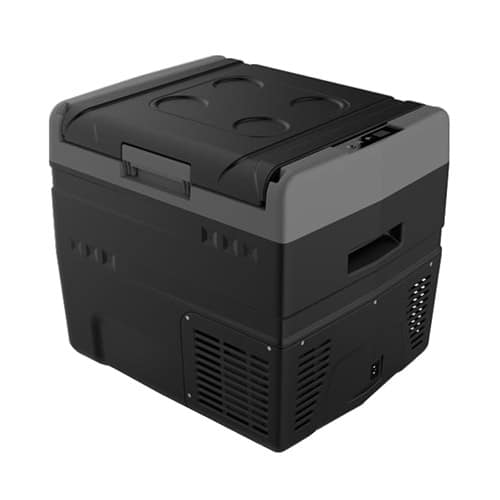
DIGITAL TEMPERATURE SETTINGS AND READOUTS
Most fridge settings or digital readouts are inaccurate, given they are mostly not calibrated instruments. I’ve found regardless of what setting I’ve set a fridge at, the actual internal temperatures can vary by up to two or three degrees; changing higher, lower and fluctuating over time.
Just because a digital readout displays a specific number, unless it’s a calibrated, certified tool, then it isn’t necessarily correct. Or, for that matter anymore accurate than an old fashion dial gauge; it just looks prettier and more high tech.
Aside from the actual temperature, a fridge is running at, an indicator of a well-set up compressor and electronics is, is how constant the temperature is maintained.
VENTILATION IS KEY
One of the most critical aspects to keeping any fridge running well is to allow for plenty of ventilation around the compressor. Ultimately, there should be ventilation on the sides and top of the compressor, plus a fan to help rid the hot air the compressor creates.
If safe, leave your vehicle windows down, or the fridge box opens if it’s fitted into a camper trailer, to help allow heat to escape. Don’t pack other camping gear on or too close to the vents of your fridge. That’ll be detrimental to allowing the compressor to maintain a lower temperature, or at worst may start a fire – you don’t want that!
TOP TIPS
An all-to-common complaint of fridges not working is due to plugging a fridge into the vehicle’s cigarette plug wiring in the rear cargo area. The correct power supply to your fridge is paramount. Ensure you use the largest diameter and shortest length cable applicable to minimize voltage drop from your battery to the fridge.
There are two easy ways to ensure lid seals are working as they should.
1)At night time, turn your torch on inside your fridge and close the lid. If you can see light, the seals aren’t working.
2) Close the fridge lid onto a piece of paper and try to slide the paper around the seal. If the paper slides, your seals are insufficient, or the latches are not compressing the seals adequately.
The above are some tips about compressor car fridges. If you would like to find out more about Kelylands car fridges, please feel free to leave a message online, chat with our team on WhatsApp +86 170 5109 5790 or send us an email at sales@kelylands.com. We always welcome your inquiries.

